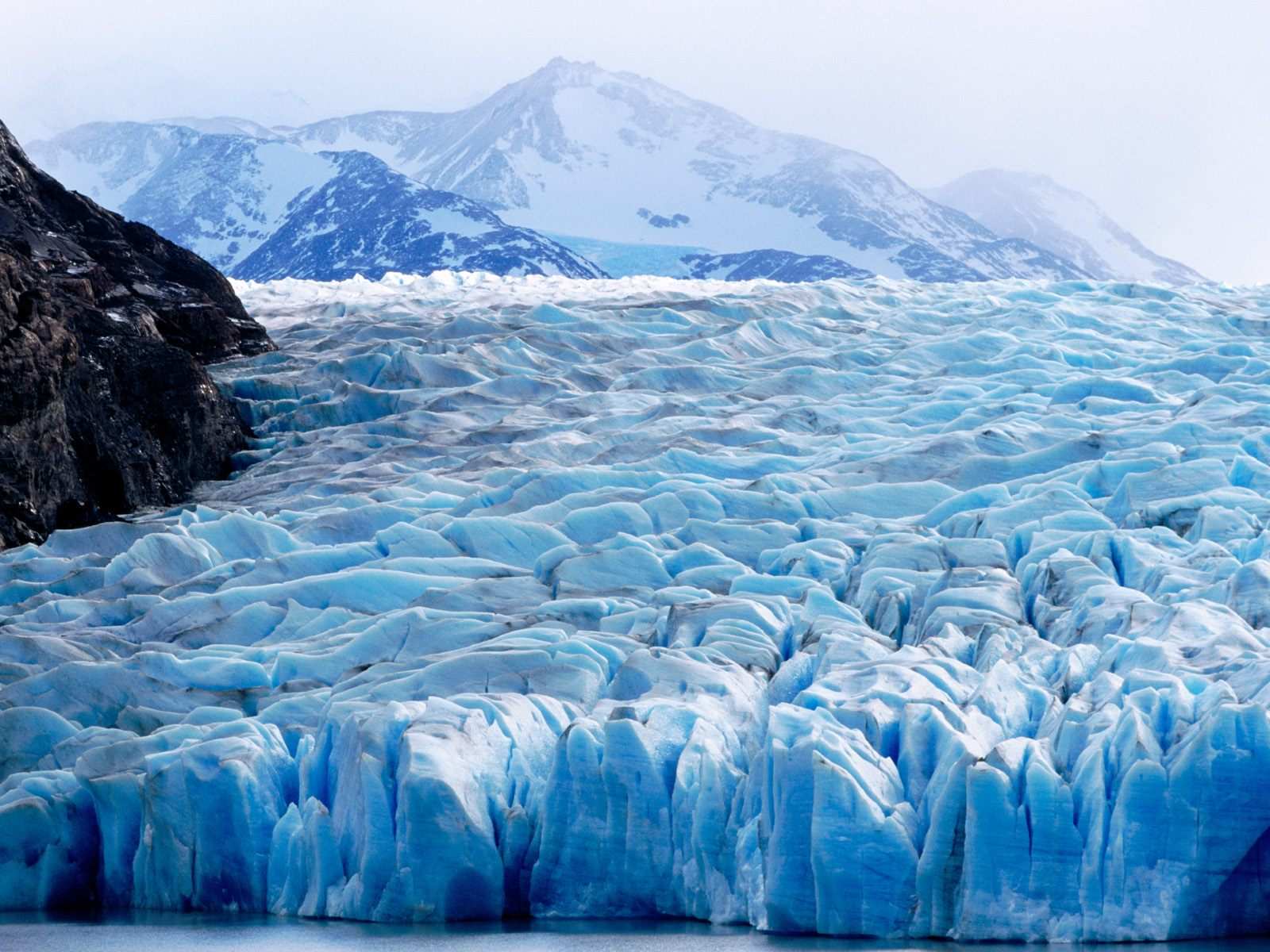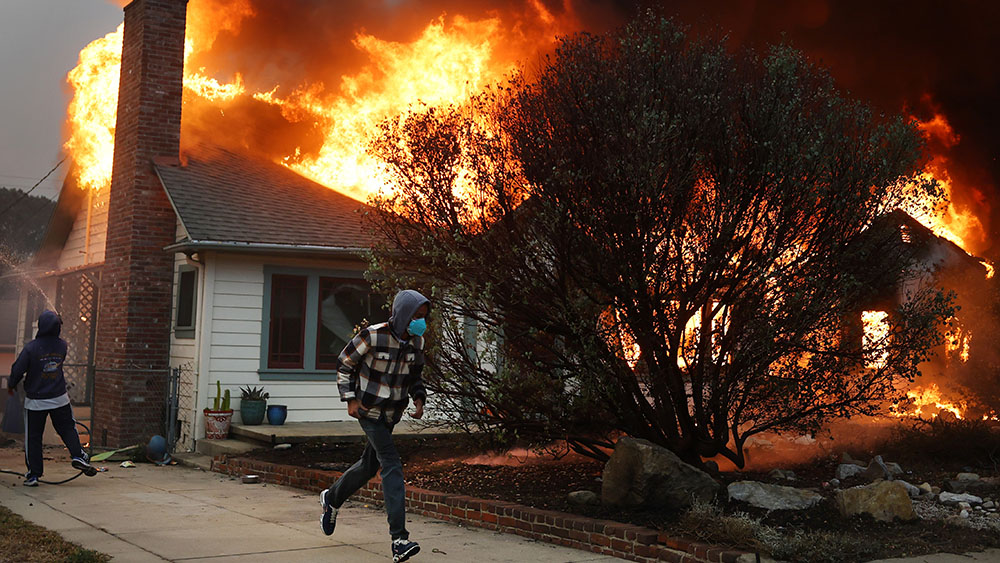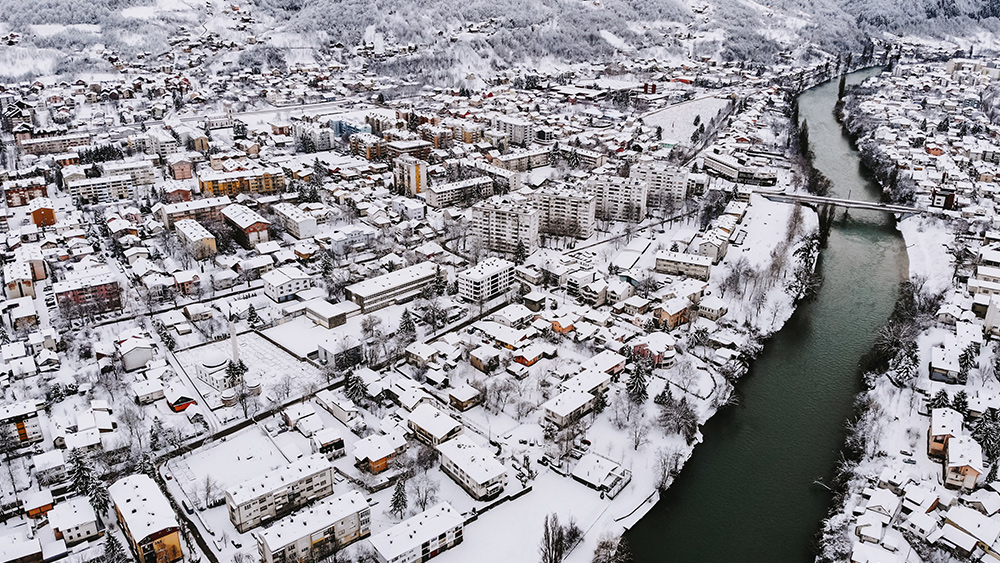
The heatwave has caused sea surface temperatures in Florida to hit their highest levels since satellites started recording ocean data in 1985. (Related: Dangerous heat wave expected to set record highs throughout US South and Southwest.)
And even though temperatures in the area usually soar as the summer sets in, experts are warning that the current situation is more dangerous for coral reefs than ever before as the heatwave hit earlier, and probably for longer, this year.
"We didn't expect this heating to happen so early in the year and to be so extreme. Ocean warming is only getting worse, bleaching events are getting more frequent, so it's really an existential crisis for coral reefs as we know them. This appears to be unprecedented in our records," said Derek Manzello, a coordinator at the National Oceanic and Atmospheric Administration (NOAA) Coral Reef Watch.
Coral reefs are natural wonders that sustain countless species and weaken damage from storms.
In the U.S., reefs produce economic benefits to the sum of $3.4 billion yearly for fisheries, tourism and coastal protection, as reported by NOAA.
Heatwaves have been notably destructive to coral life, with equally disastrous effects observed in other areas of the world like Australia's Great Barrier Reef.
The problem comes from reefs eroding due to high temperatures lasting too long and triggering a process of bleaching that eventually causes the coral to die off. The condition sees the reefs discharge their algal food source, causing their lively color to disappear while the coral gradually starves.
A shocking study issued by NOAA last year discovered that over 70 percent of Florida's coral reefs had been corroded by climate-induced coral bleaching and disease.
Even though bleaching is not always deadly for coral reefs, it gets worse when it stays longer, and it only takes two to three degrees Fahrenheit too high for bleaching to happen.
The sea temperatures in Florida have been more than two degrees Celsius (35.6 degrees Fahrenheit) higher than average for nearly two weeks as reported by Manzello.
Florida's coral crisis could be one of the worst
Manzello warned that the waters in the region don't usually reach their peak until August or September. He added that the impacts could be "significant and severe" and huge amounts of coral could start dying off after only a month.
"All of the evidence right now is pointing to the fact that it's going to be one of the more severe events we've seen," Manzello said.
Katey Lesneski, a NOAA expert working to revive Florida's lost coral reefs, said she is already seeing the effects.
"The corals look a lot lighter in color, they're usually pretty robust tones of yellows and greens and browns and oranges, but they literally start to look like someone threw bleach on them. Just from an ecological standpoint, about 25 percent of the marine species depend on coral reefs at some point in their lives," Lesneski said.
"That's everything from the pretty fish that people like to look at to the large game fish … those fish get their start and heavily depend on other components of the reef at some point in time."
Florida is not the only state suffering from extreme heat.
Across the southwest, over 50 million people were under extreme temperature warnings last week as meteorologists warned the heat could come to 120 degrees Fahrenheit in some states.
The temperatures are the outcome of an outstretched area of high pressure that covered the Four Corners, often called a "heat dome" by experts.
Authorities fear the heatwave could fry unstable energy grid, and just two days without power could lead to the deaths of thousands. In Arizona, forecasters warned that the state could be in the middle of its longest and hottest heatwave ever.
Follow Climate.news for more news about heatwaves that are wreaking havoc in America and other parts of the globe.
Watch the video below about Texas residents battling the heatwave as power grid teeters on the edge.
This video is from the NewsClips channel on Brighteon.com.
More related stories:
Nebraska crop, corn yields drop as extreme heat affects US corn belt.
96% of NOAA heat measurement stations are corruptly placed to support climate change hoax.
Weather forecasters: El Niño is coming this summer and will likely stretch into winter.
Sources include:
Please contact us for more information.






















